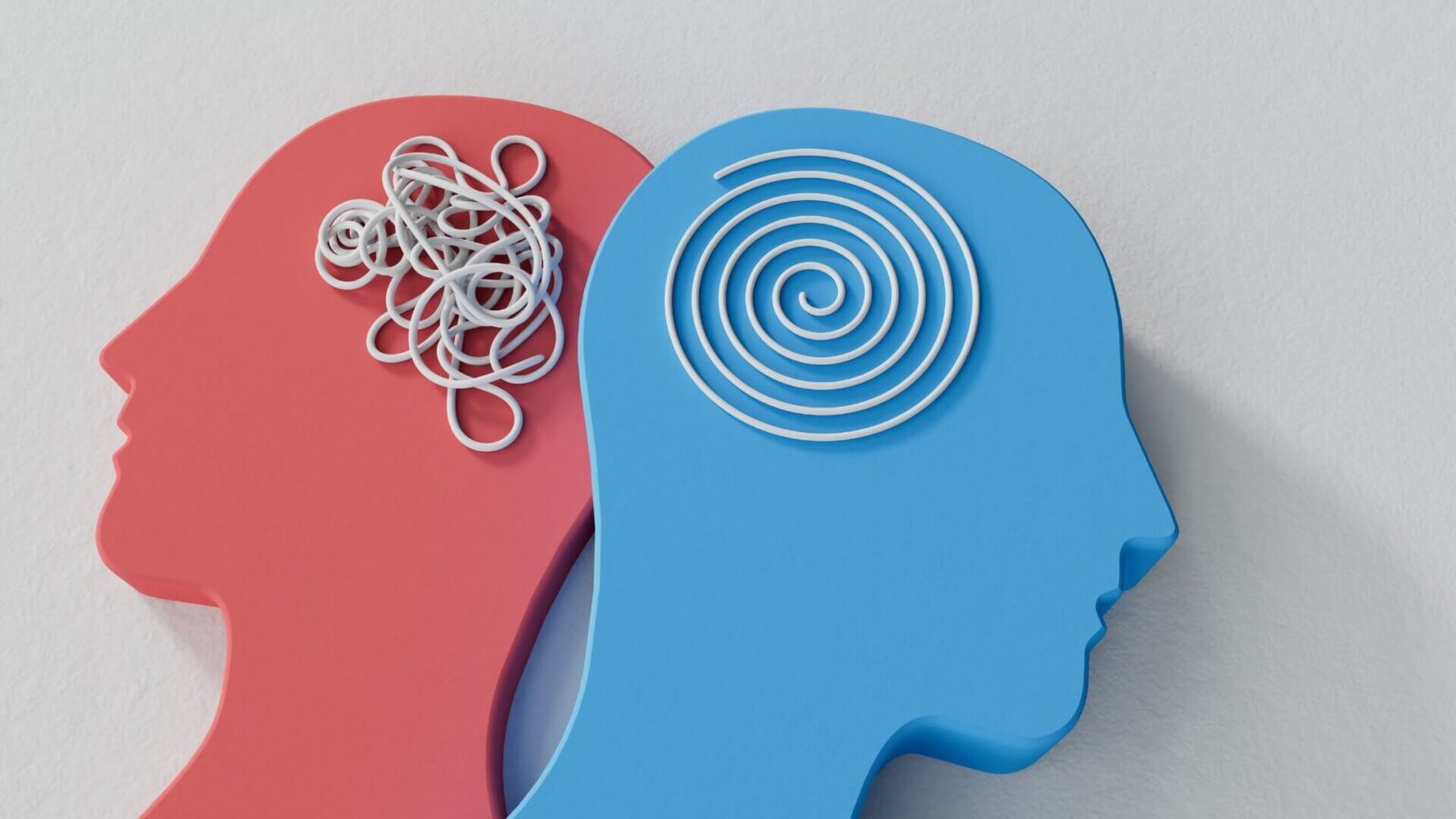Why do some apps become part of your daily routine while others fade into the background? In a market saturated with digital solutions, user engagement isn’t just a feature; it’s a decisive advantage. To create lasting connections, developers must understand what drives users to return repeatedly. This article explores the psychology of habit formation and the deliberate strategies behind sticky, retention-driven design. From triggers to rewards, we break down how meaningful user stickiness is built—and sustained—over time.
Understanding User Stickiness
User stickiness refers to an application’s ability to retain users and encourage consistent engagement effectively. One standard metric is the Daily Active Users (DAU) to Monthly Active Users (MAU) ratio. A higher DAU/MAU ratio suggests users return frequently, embedding the app into their daily habits.
The Importance of Stickiness
Stickiness drives long-term user retention. Apps that consistently deliver value encourage users to stay engaged, reducing churn and building loyalty. This also enhances organic growth, as satisfied users are more inclined to share the app with others. Over time, sticky apps reduce customer acquisition costs and increase customer lifetime value, contributing to sustainable profitability.
This brings us to a crucial factor in retention: how the app connects with users on a psychological level.
The Psychology of Engagement
Effective engagement starts with understanding the mental triggers that drive user decisions. Psychological principles help explain why users return to specific applications and why they abandon others. Incorporating these insights into design choices leads to stronger user relationships and better retention.
Habit Formation
Repetition builds familiarity. Apps that consistently offer value and help create daily routines become ingrained in users’ behavior. This can be encouraged with subtle nudges, such as reminders, reward systems, and predictable functionality that reinforces habitual use.
Emotional Connections
Users respond to experiences that feel personal and emotionally rewarding. Interfaces that convey accomplishment, reduce anxiety, or offer delight foster more profound attachment. Designing with empathy helps transform a utility into a preferred digital companion.
Reducing Friction
Simplicity keeps users engaged. Every unnecessary step or delayed interaction introduces a potential exit point. Streamlining tasks, minimizing cognitive load, and removing obstacles help maintain momentum and prevent abandonment.
To evaluate the effectiveness of these strategies, it’s essential to track measurable outcomes related to user retention.
Measuring User Stickiness
Accurate measurement is essential for improving user stickiness. While the DAU/MAU ratio provides a snapshot of retention, it should be used in conjunction with additional metrics to capture a more comprehensive view of user engagement.
Key Metrics to Track
- Session Duration: Tracks the average time users spend during each visit. Longer durations may indicate stronger engagement with content or features.
- Engagement Frequency: Measures how regularly users interact with the app, helping to pinpoint which features drive habitual usage.
- Feature Adoption Rate: Evaluates how quickly and widely new features are adopted, indicating the effectiveness of product updates.
Monitoring these indicators together helps identify patterns, uncover friction points, and refine user experience strategies with clarity and precision.
Strategies for Enhancing User Stickiness
A successful user retention strategy addresses multiple touchpoints within the user journey. The following techniques focus on improving initial impressions, reinforcing positive experiences, and building lasting connections.
1. Personalized Onboarding
Users are more likely to continue using an app when their first experience feels relevant. Tailored onboarding flows that adapt to user preferences, behavior, and goals help establish clarity and trust from the outset. This targeted introduction reduces drop-off and supports faster value realization.
2. Gamification
Elements like rewards, progress indicators, and competitive features can increase session frequency and satisfaction. When thoughtfully implemented, gamification drives intrinsic motivation without overwhelming the user. It’s most effective when tied to meaningful milestones rather than superficial achievements.
3. Community Building
Users who feel connected to others within a platform are more likely to stay engaged. By enabling social interactions through comments, user profiles, shared challenges, or discussion spaces, apps can foster peer accountability and a sense of belonging. This organic engagement adds a layer of value beyond individual use.
Continuous Feedback
Incorporating mechanisms for timely feedback helps close the loop between users and developers, ensuring a seamless experience. Whether through surveys, quick reactions, or beta features, regular input empowers teams to refine experiences and resolve friction. It also signals to users that their input matters, which builds trust over time.
Another critical dimension to consider is how data can be used to improve personalization without compromising user privacy.
Leveraging Data for Personalization
Data plays a crucial role in creating personalized experiences that enhance user stickiness. By analyzing user behavior and preferences, developers can tailor content and recommendations to meet the individual needs of users.
Dynamic Content Delivery
Using data to deliver dynamic content can significantly improve user engagement. By showing users relevant features, offers, or content based on their past interactions, apps can create a more personalized experience that encourages users to return.
Predictive Analytics
Predictive analytics can help anticipate user needs and preferences. By analyzing historical data, apps can identify patterns and trends that inform future interactions, ensuring that users receive timely and relevant content.
The Role of Emotional Design
Emotional design influences how users perceive and engage with an application. When used strategically, it helps build user loyalty by creating experiences that feel intuitive, satisfying, and memorable.
Visual Appeal
- Color schemes can evoke specific emotional responses. A calm palette reduces mental strain, while brighter hues suggest activity and energy.
- Typography and spacing improve readability and guide the user’s focus.
- Imagery adds context and can help strengthen a brand’s identity.
Together, these elements make an app visually cohesive and emotionally resonant.
Micro-Interactions
- Subtle animations or transitions offer immediate feedback, making the interface feel responsive.
- Button highlights or confirmation messages reinforce that user actions were successful.
- These micro-elements reduce friction, build trust, and enhance the sense of control.
They help make the interface feel alive, engaging without distracting.
This attention to emotional detail lays the groundwork for deeper behavioral engagement, particularly in the development of habit-forming products.
Building Habit-Forming Products
Habit-forming products are designed to embed themselves into a user’s routine by leveraging behavioral triggers, sustained motivation, and reward cycles. The goal is not just repeated use, but meaningful engagement that feels natural over time.
Triggers
- External triggers, such as reminders, emails, or notifications, initiate action.
- Internal triggers, such as a user’s emotions or needs, develop over time and drive self-initiated engagement.
Apps should focus on aligning their value proposition with both types, gradually shifting from external to internal triggers as user habits form.
Motivation and Ability
- Motivation stems from perceived value, clear outcomes, time-saving benefits, or emotional satisfaction.
- Ability hinges on ease of use, simplified navigation, intuitive design, and minimal cognitive load.
When both align, users are more likely to act, streamlining workflows and reducing barriers to entry, supporting this balance.
Rewards and Reinforcement
- Variable rewards keep users curious and engaged, offering unpredictability within a structured system.
- Positive reinforcement, through badges, messages, or unlocks, acknowledges progress and encourages continued use.
These mechanisms should reinforce utility, not just novelty, to avoid reliance on short-term engagement spikes.
Creating a Sticky User Experience
In conclusion, understanding the science behind user stickiness is essential for developing applications that foster long-term engagement. By leveraging psychological principles, measuring key metrics, and implementing effective strategies, developers can create dynamic in-app experiences that keep users coming back. As the digital landscape continues to evolve, prioritizing user stickiness will be crucial for the success of any application. By focusing on creating habit-forming journeys, you can ensure that your app remains an indispensable part of your users’ lives.

















